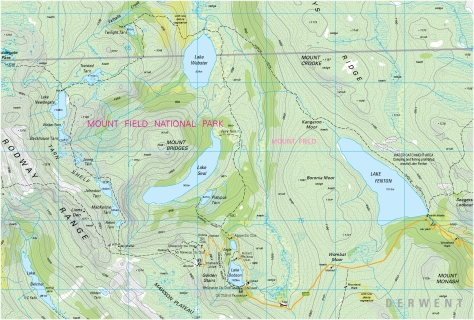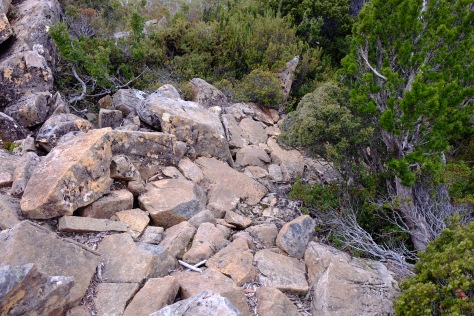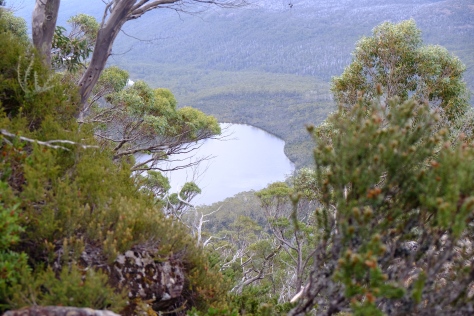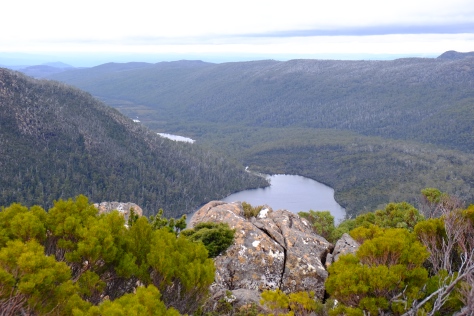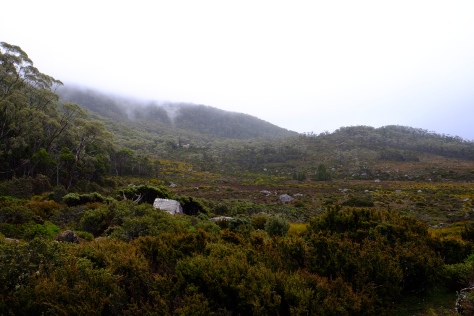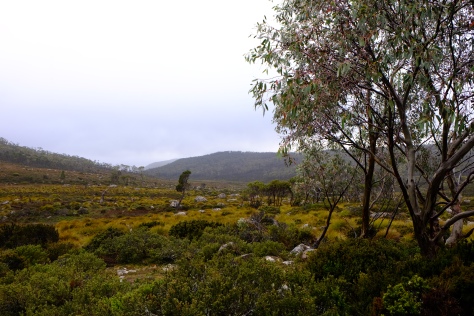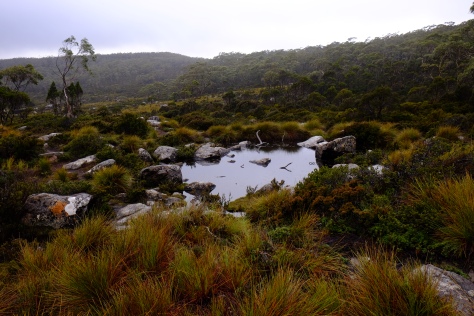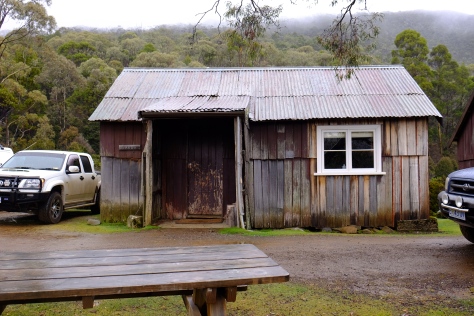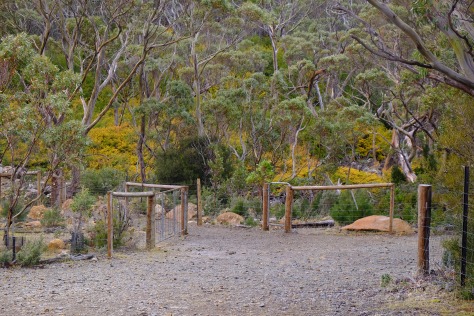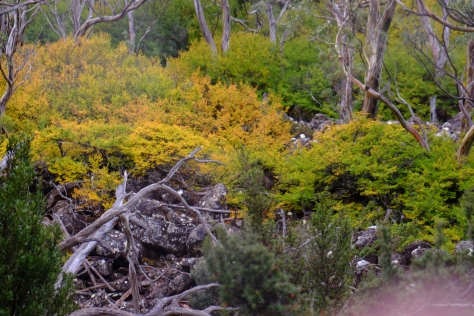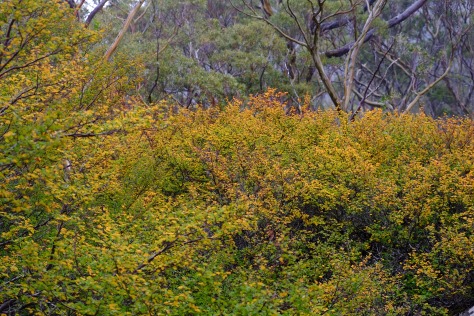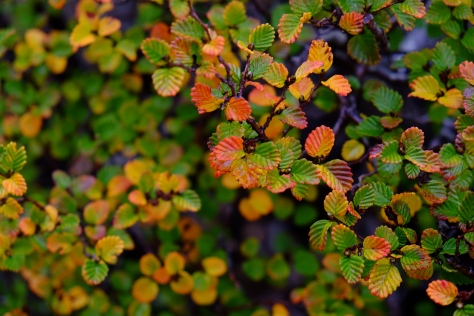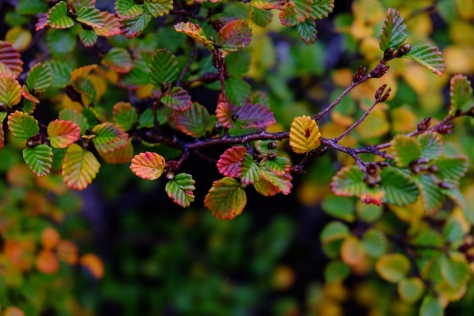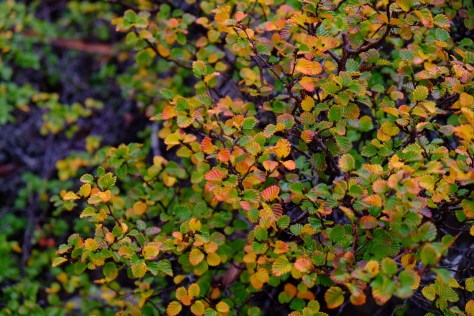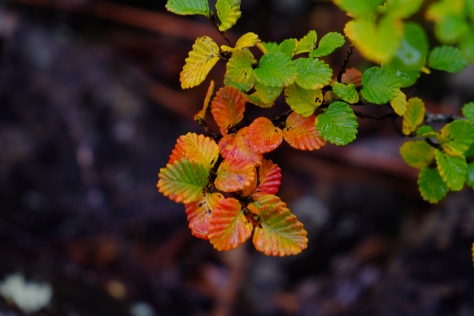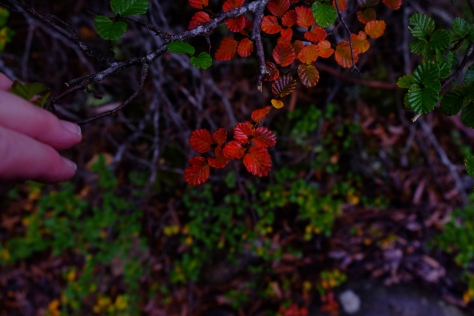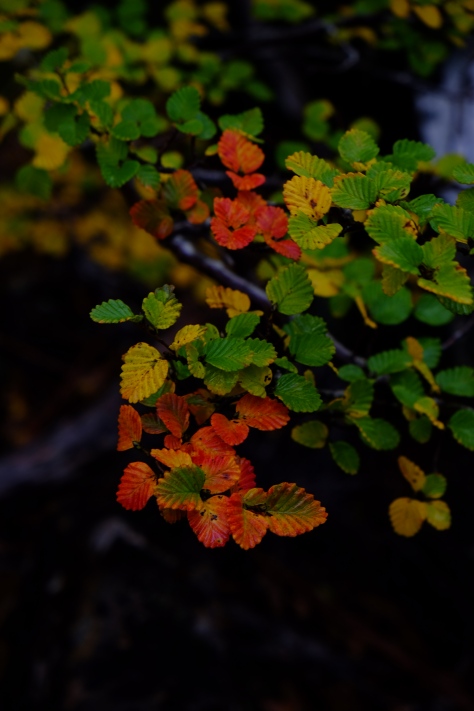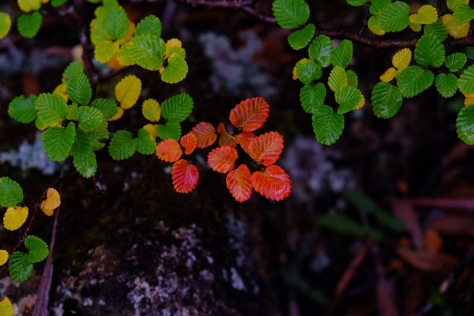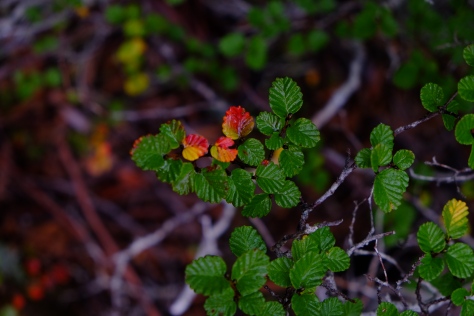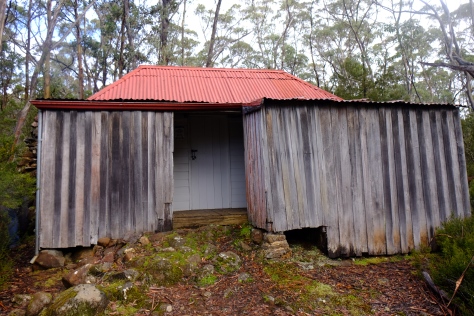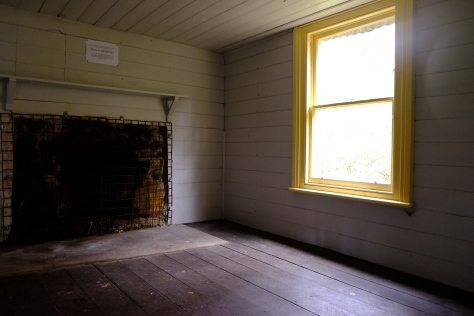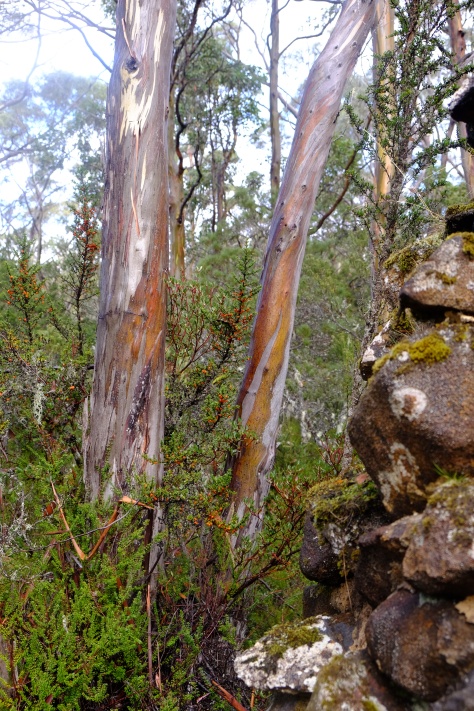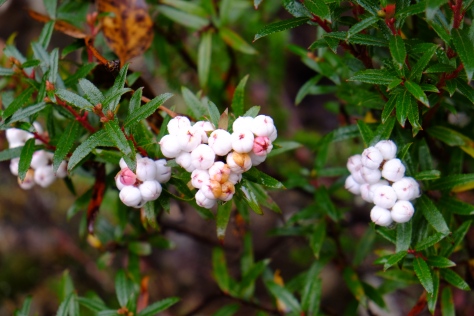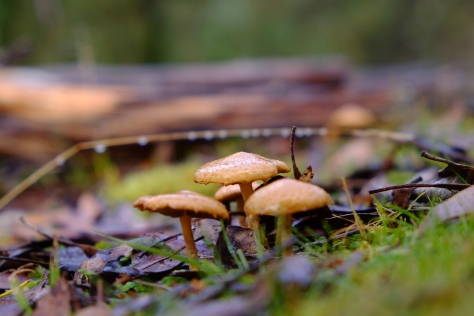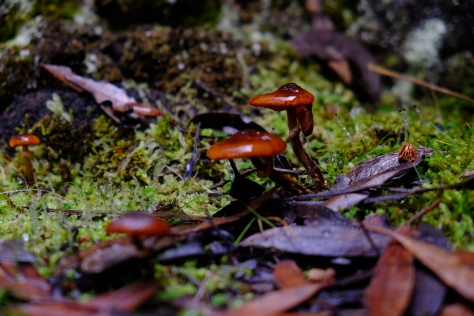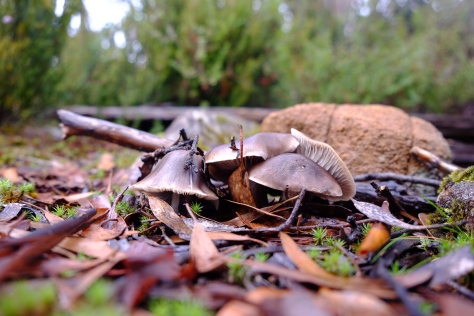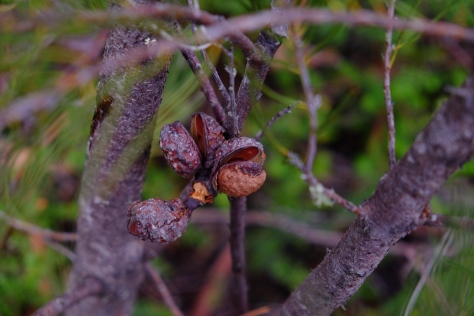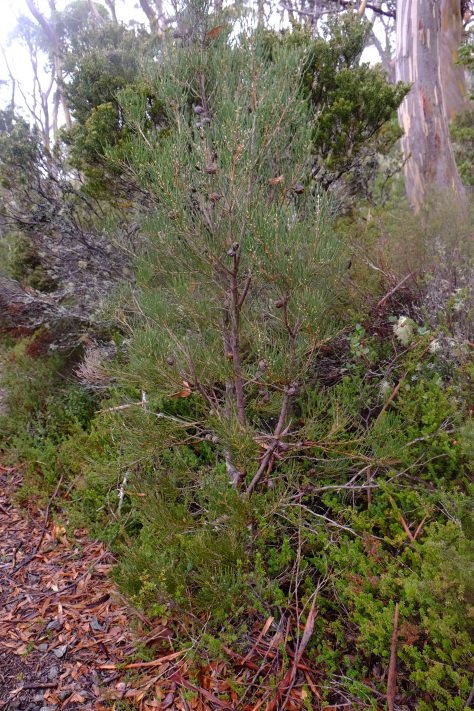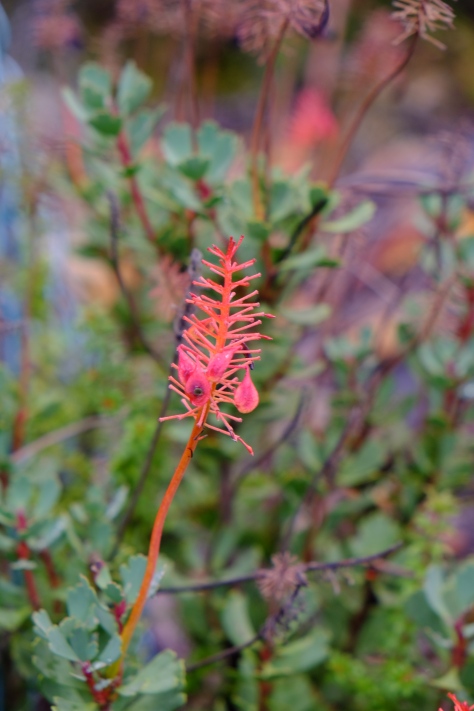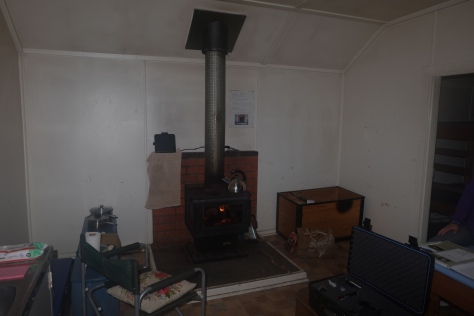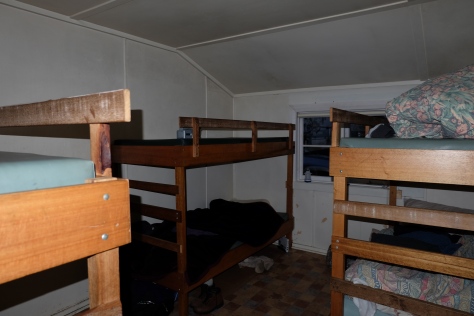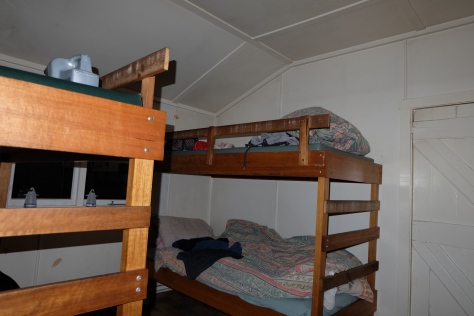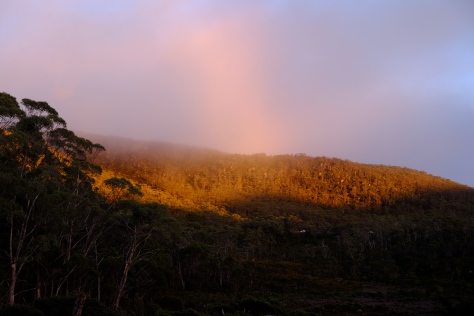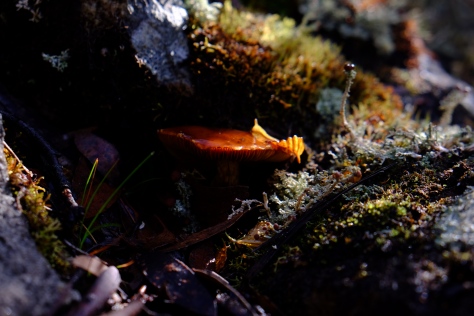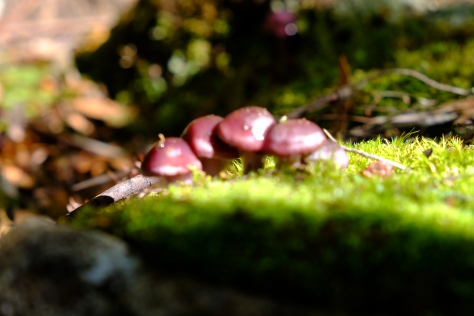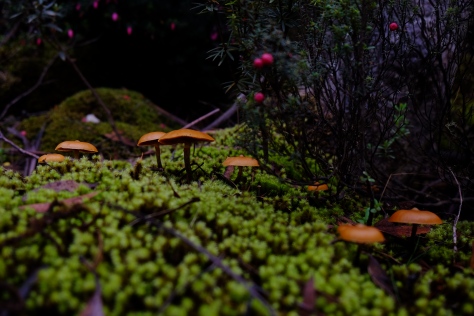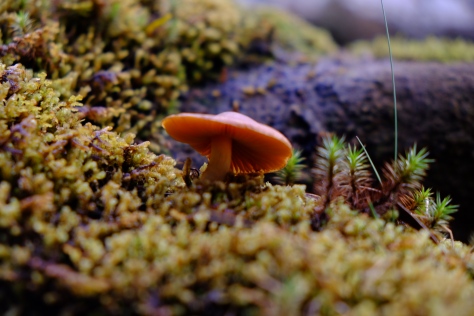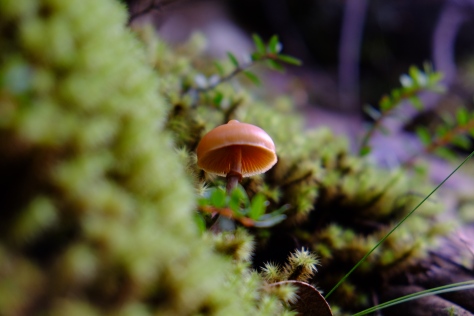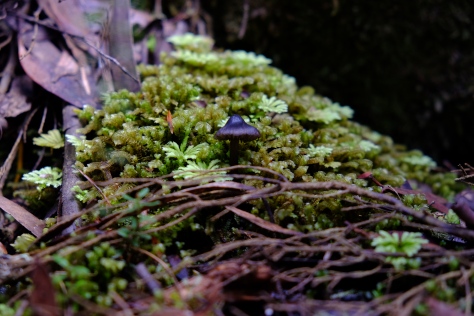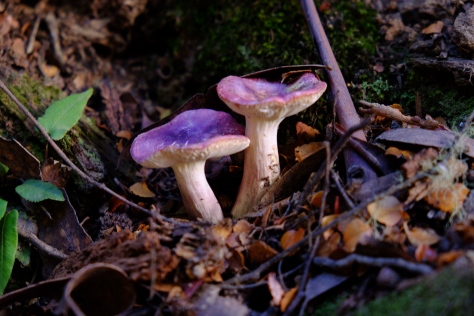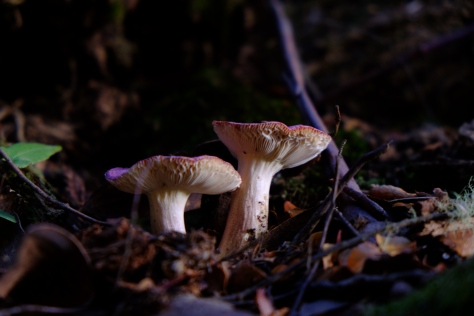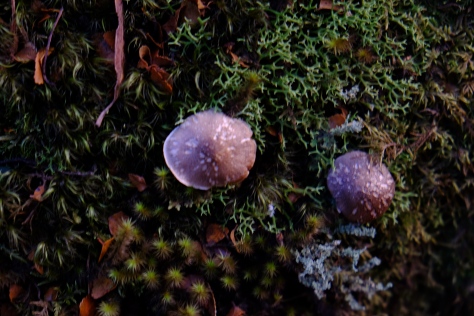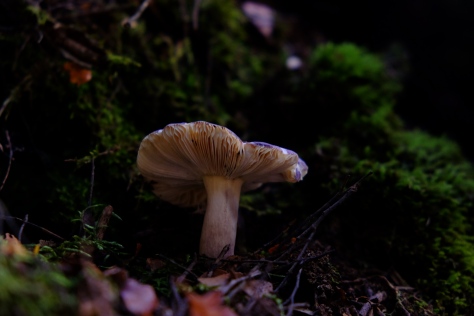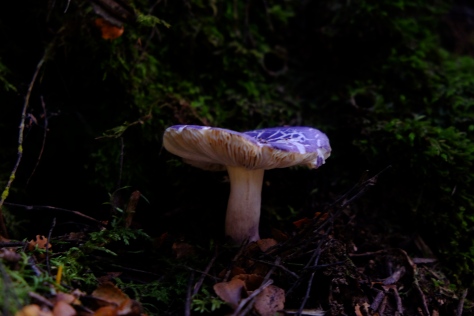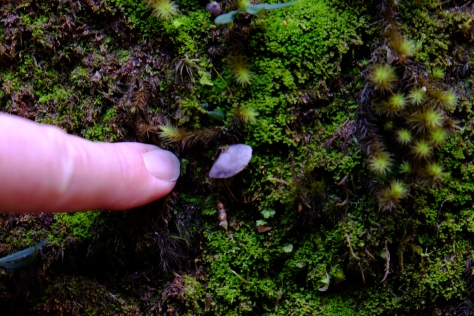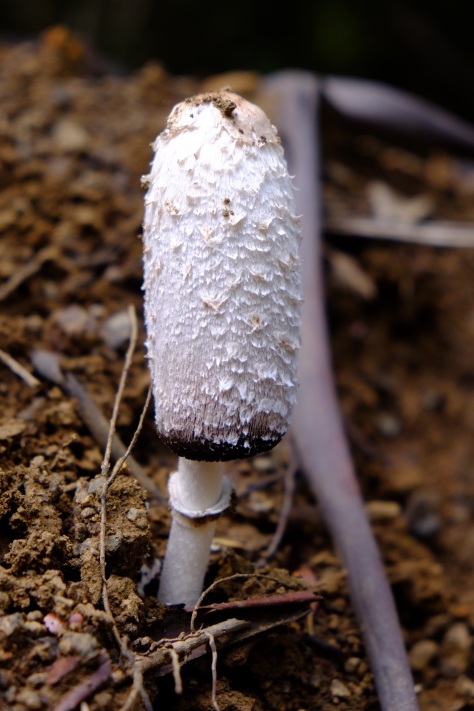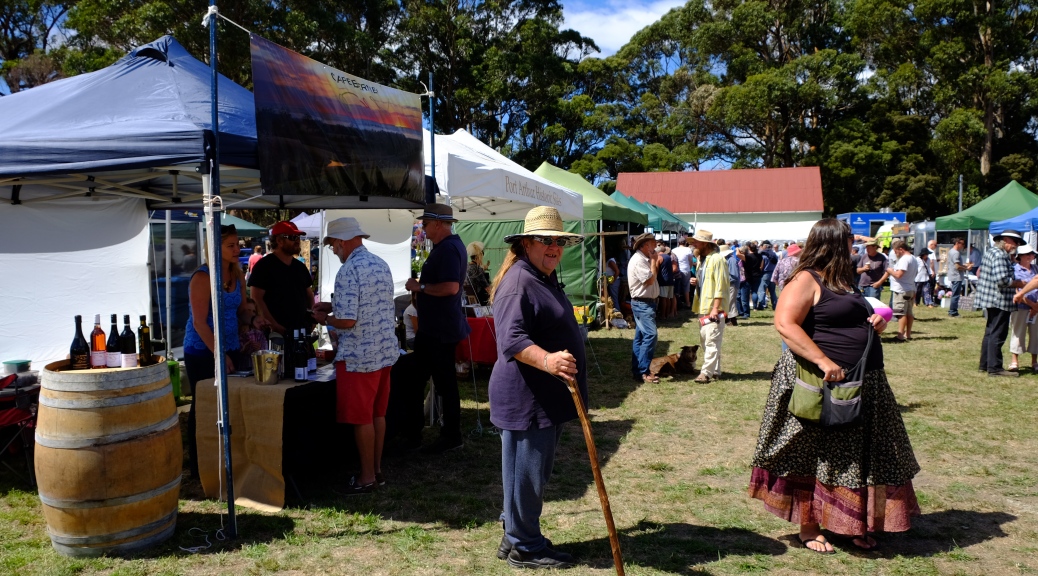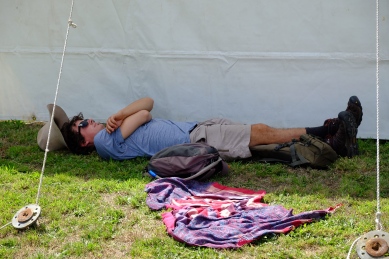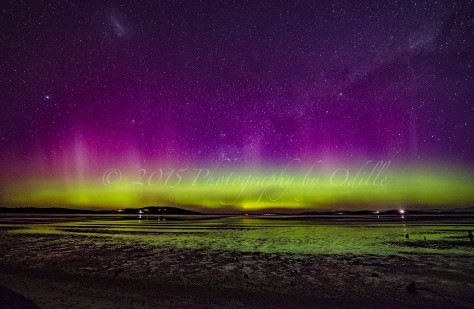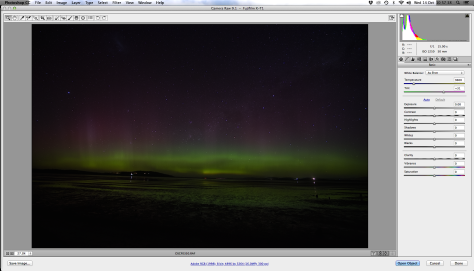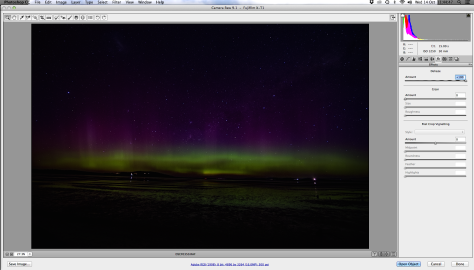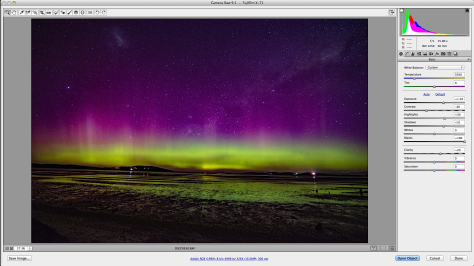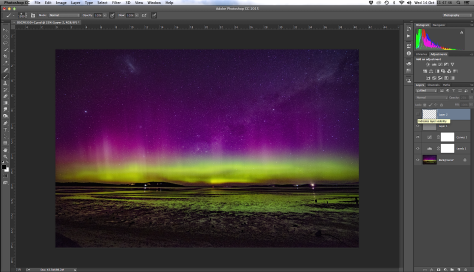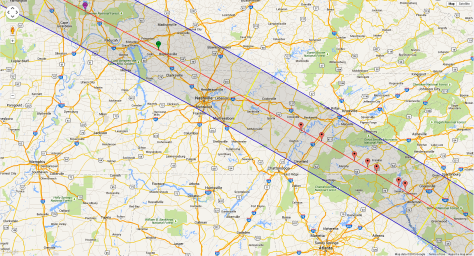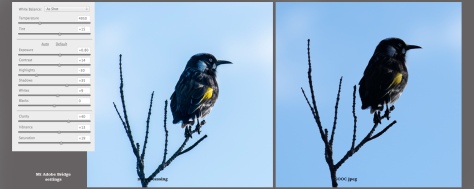(Note: few more, images to come, just doing a little tweaking)
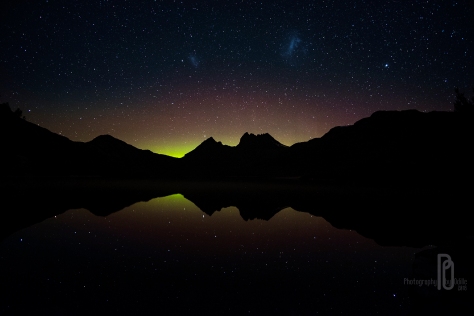
Well, this trip started out as a desire to see the fagus at Cradle Mountain, but frankly, it was disappointing. I’d rather go to Lake Fenton. Only yellow and slight orange, and mostly at a distance.
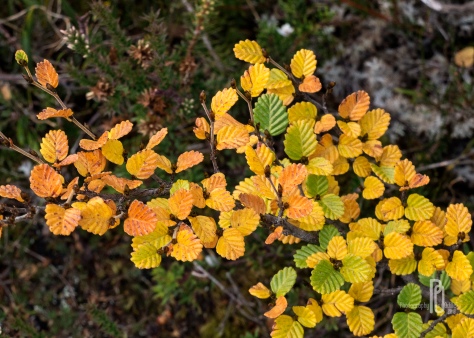
The few spots we could get close up were lovely, though, at the end of the Lake near the Ballroom Forest there is a stand you walk through. My friend Gail and I had booked for 3 nights at the Waldheim Cabins, the only in-park accommodation, just 2km from Dove Lake. (I did find out later that this was a ‘bad’ year colour wise, it never got much past overall orange, with just individual leaves and small ‘sprigs’ turning red.)
But I did get a BIG bonus – an Aurora the night of 20 April!
Day 1.
We drove up on Wednesday 18th April, a long and tiring drive but it was nice to see some other areas of Tassie. We arrived about 3.30pm. naturally there was no internet coverage at the cabins, which are delightful and much better than we expected, each bunk even has a bedlamp. If you’re planning a stay there, one thing to note is that the bunk beds are NARROW! You have too be careful turning over or all the bedclothes side off. (I can’t bear sleeping bags because I move my feet a lot when asleep and they make me claustrophobic.) You do not need a lot of bedding, the cabins are not too cold. I had one doona and a knee rug on my feet that I kicked off the first night as it was too hot.
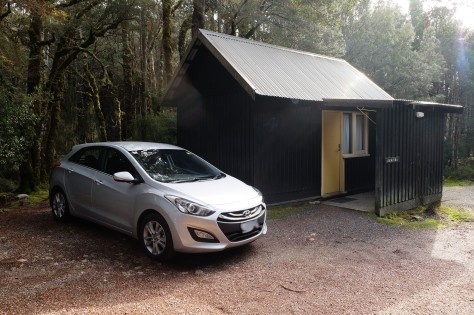
There is a full electric oven, a very efficient electric heater set on a programme, sink with cold water (note NOT potable without boiling 3 times – we took a 20litre bottle), and excellent cutlery, crockery and utensil selection, plus cleaning stuff and a tea towel. Our 4 bunk cabin, Aramina, was right opposite the top ablutions block, and the ablutions have HOT water. All in all, truly excellent. Also note the 4 bunk cabins are fine for 2, as we used the spare top bunks for our gear, but there’s not much room for gear if there were 4 of you!
The cabins are right at the edge of the Waldheim Forest, this was the view out over the kitchen sink.
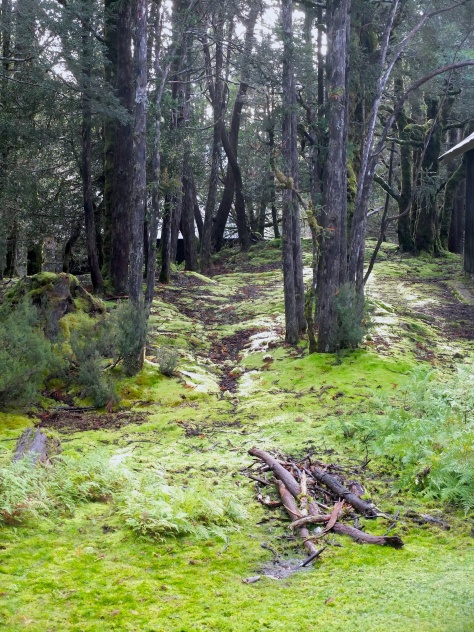
We saw the resident pademelon soon after arrival, he seems to do his rounds at the same times each day, and very much appreciated a few left over raspberries at the end of our stay.
At the end of the lane into the cabins there is a turning circle, and it is also an excellent spot for over head shots of the stars at night, being fairly level and with trees not too close, although they block low stars to the west.
On Wednesday evening I zipped up to the lake and shot a couple of pics just with my iPad, those are already on my timeline.
Day 2.
On Thursday morning (19/04) I was up at 04:30 and went down to Dove Lake to try for some star shots, and was hoping for a good sunrise. The stars cooperated but the sunrise didn’t. I walked on to the Boat Shed but it was a bit disappointing.
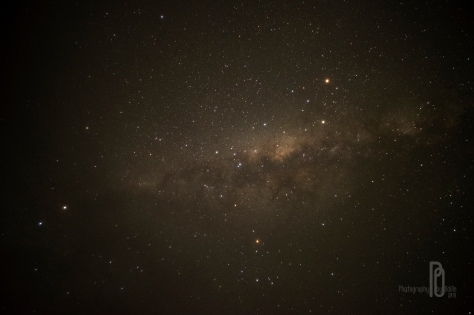
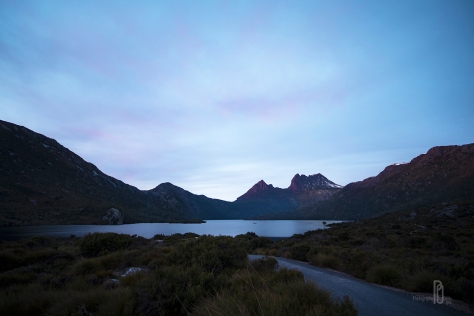
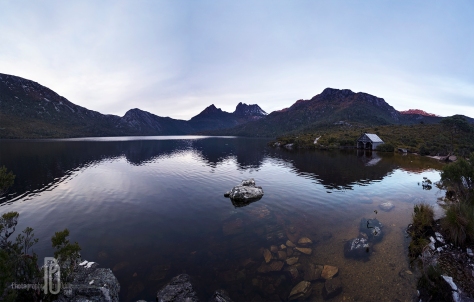
I came back to our cabin and we decided to do the short Waldheim Forest Walk, which is enchanting through the very old growth beech forest. The light was just lovely.
About 11:00 we set off for the Dove lake circuit hike, and on the way we saw a young wombat cross the road right in front of us, eliciting a stop and a good posing and back scratching session – thank you Wombat, and some nice shots.

And for those who doubt that wombats do square poo – they do!
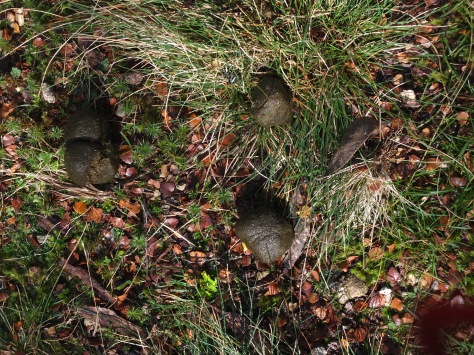
At 11.30 we arrived down at Dove Lake and set off, anti clockwise, on the circuit. This was a plot to stop me being too tired when I arrived at the Ballroom Forest. Huh!
Now the Day Walks map and brochure – for which I paid $6.95! – states this is a Grade 2 walk, gently undulating with some steps. Well, I would class it as a Grade D bastard of a track with great long flights of steps interspersed with a few short flat bits. By the time we got to the seats just to the north of the Ballroom Forest I was, frankly, knackered. We sat on the one near the water and had some of our lunch before pressing on. I did get this nice 2 shot pano from there. And I also realised you can kayak or canoe to that end of the lake and get out here for some short walks – Ah-hah! Definitely will be keeping that fact in mind for next time.
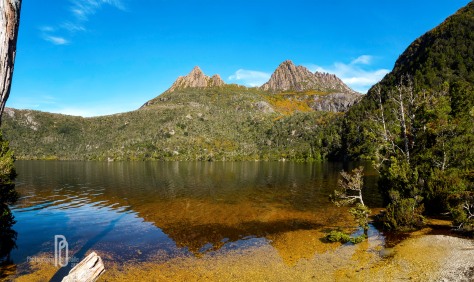
I did dip into the Ballroom Forest area, and I know there is a waterfall in there, but I was too tired and literally stumbling about to do it any sort of justice.
It took us nearly 6 hours to complete the ‘2 hour easy walk’ circuit, and frankly, I thought they’d be bringing me out on a stretcher, and I am not joking. I had asked so many people, and I asked again at the centre when we booked in, and all the advice was that it was an OK walk, not hard. Well, this poor old duck found it challenging in the extreme and I do not know how I made it back to the car. If I’d had to drive back the length of the Dove Lake road to the accommodation there is no way I could have done it, I was physically and mentally drained. I had a hot shower but was too tired to eat and went straight to bed, after medications of wine and painkillers.
Day 3
As you can imagine, I slept well! Woke about 6am, very late for me, and groaned my way over to the ablutions. Everything hurt, I made liberal use of voltaren gel and paracetamol and we had a quiet day. Drove down to the Visitor Centre cafe to internet (but I forgot to check the aurora page!) and use our phones, had a coffee there. We had a poke round there and the Pepper’s shop on the way back, and had some lunch back at our cabin.
In the afternoon we did a kms or so amble along the Roony Creek walk and saw SEVEN wombats – no platypussies though, Gail was most disappointed.
I went to bed about 7.30pm and woke at 2200 with ‘the needle’. Something was saying get up and get out there. I went down to the clearing at the end of the cabins and did a test shot south. Took a few star shots, looked south and thought that surely that was auroral activity I was seeing. Drove down to the lake, and while I had missed the best of it I did get an aurora reflected in Dove Lake with the mountains in the background, and stars reflected too. So I was well pleased.
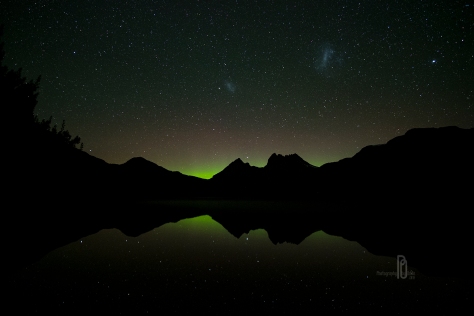
Day 4.
Was clean up, clear out and do the long drive home. But the area turned on some lovely mist rising scenes for us.
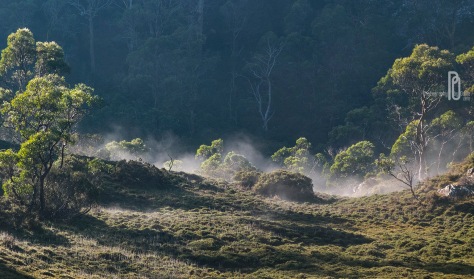









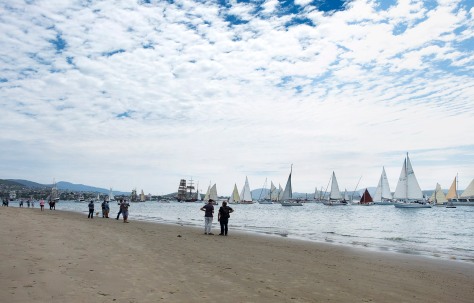
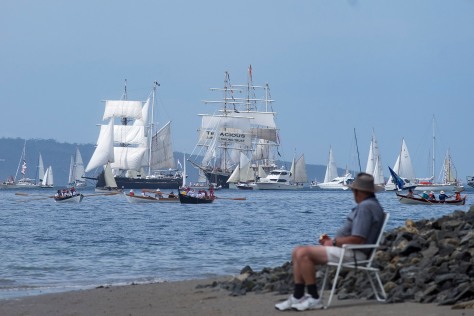
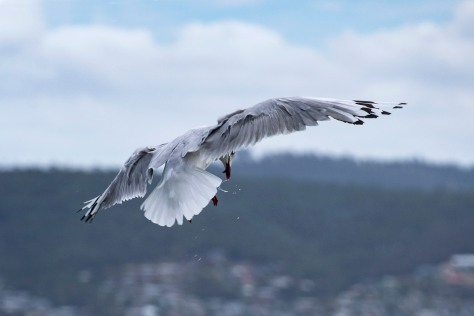
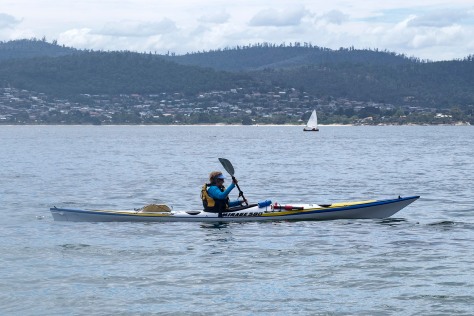
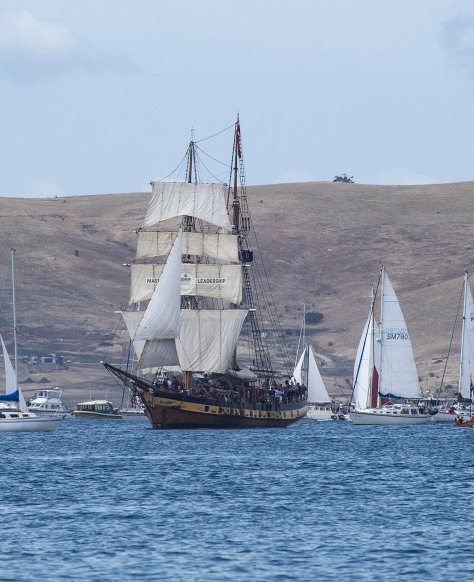
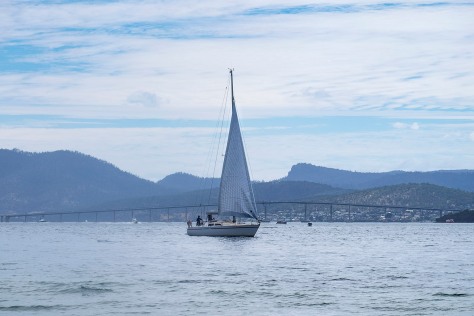
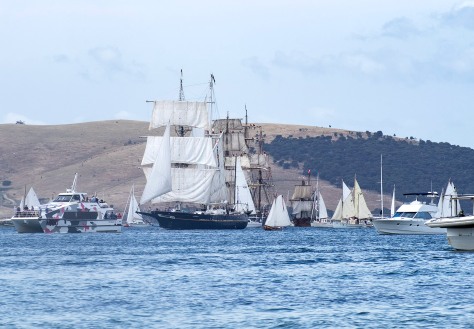
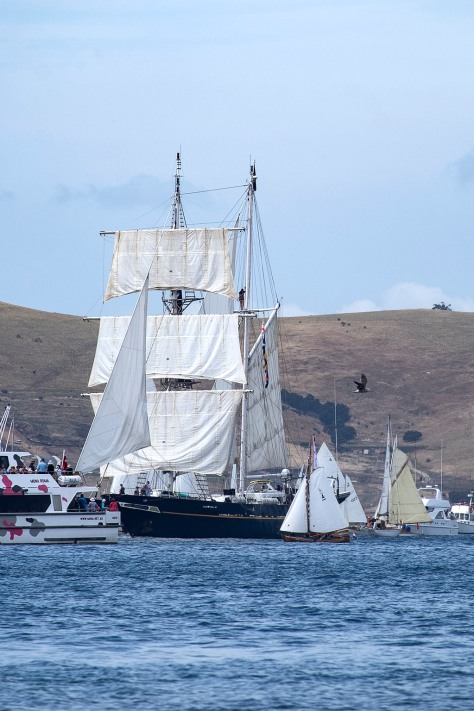
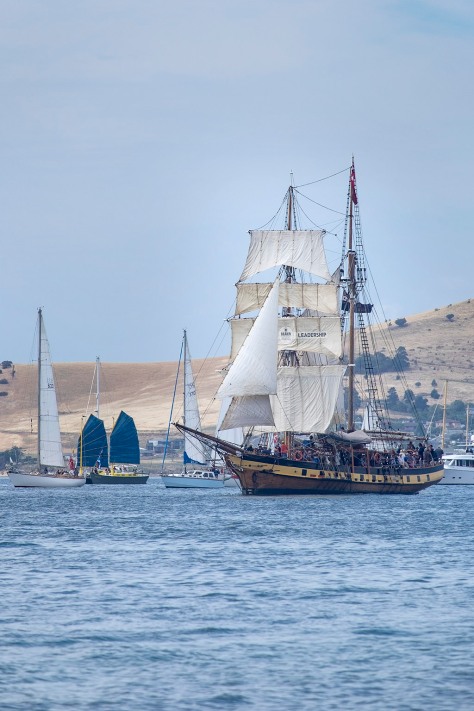
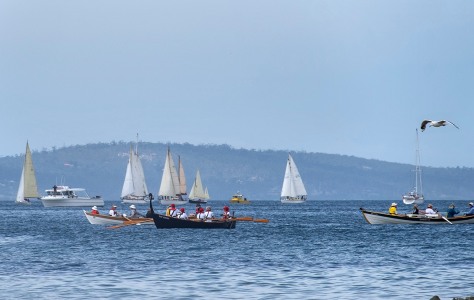
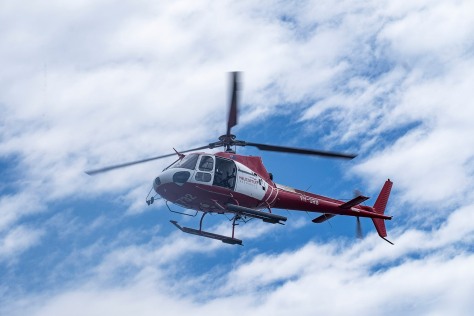
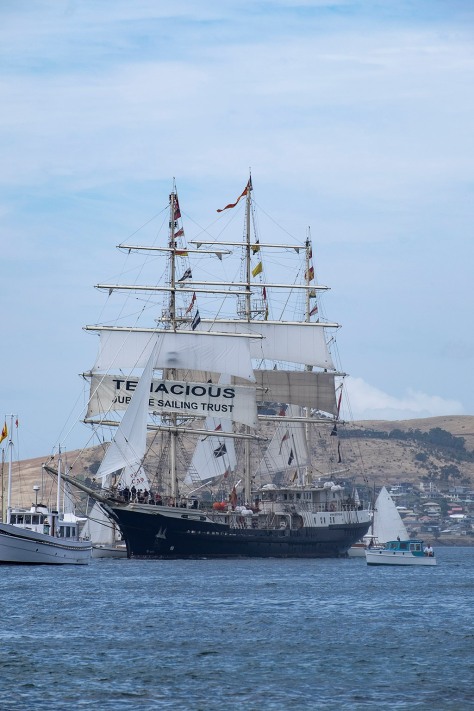
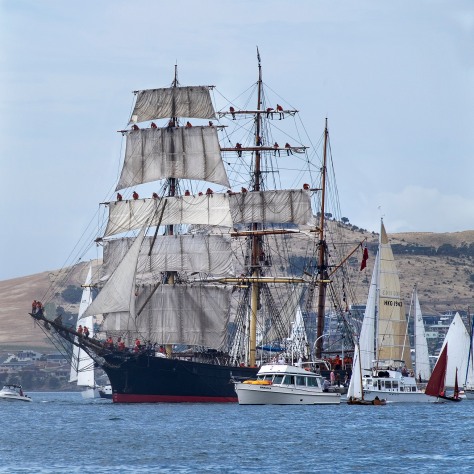
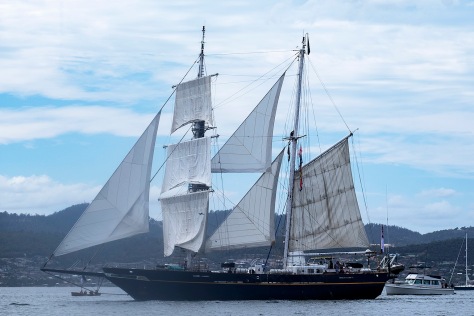
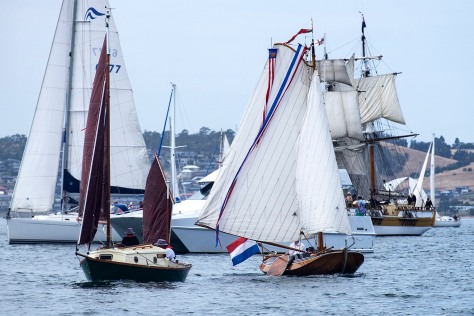
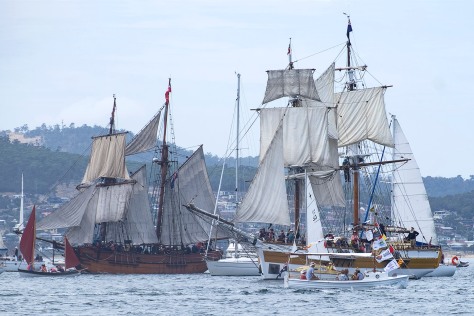
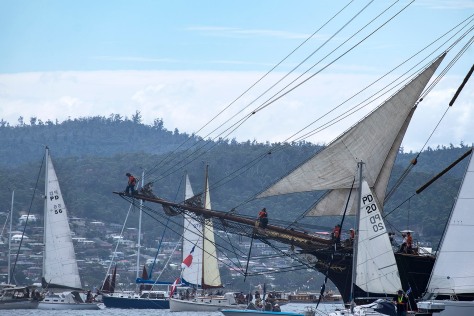
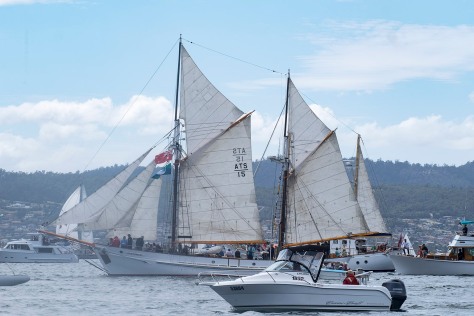
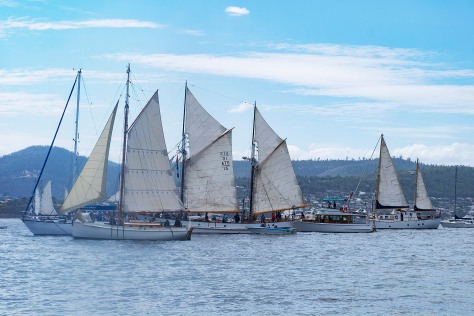
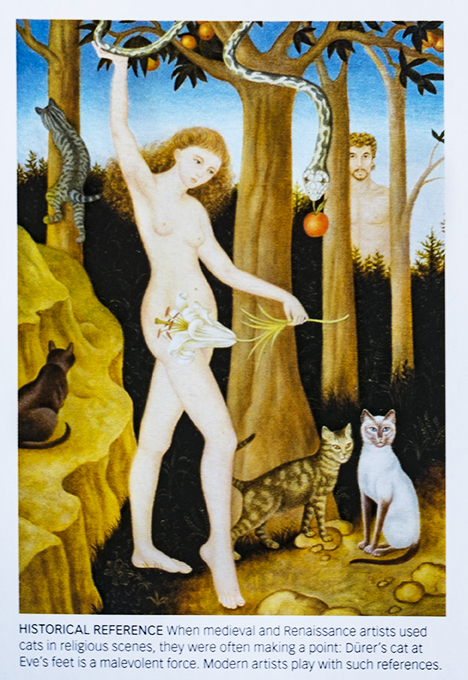










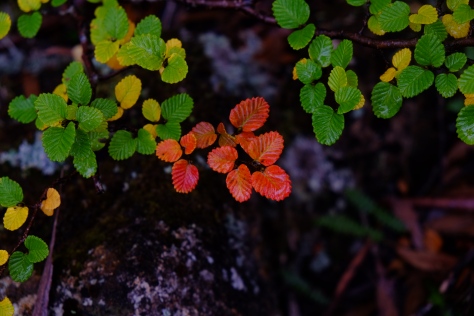 Over the weekend of 15-17 April, 2016 I teamed up with three other like minded ladies and off we went to Lake Dobson, in
Over the weekend of 15-17 April, 2016 I teamed up with three other like minded ladies and off we went to Lake Dobson, in 